Next task, alternator disable. If you read the boards you've probably seen this coming. I decided to go the route of killing the alternator field wire with a switch (for now). This seems to work great. Its a very low current wire instead of the huge alternator cable to the battery, so small electronic components work just fine.
First, I found out where the alternator field wire enters the cabin. I really didn't want to be running more wires from the engine bay back into the cabin if I could find one that was already inside. The pin is pulled out of the connector in this picture because I tested the setup this way.
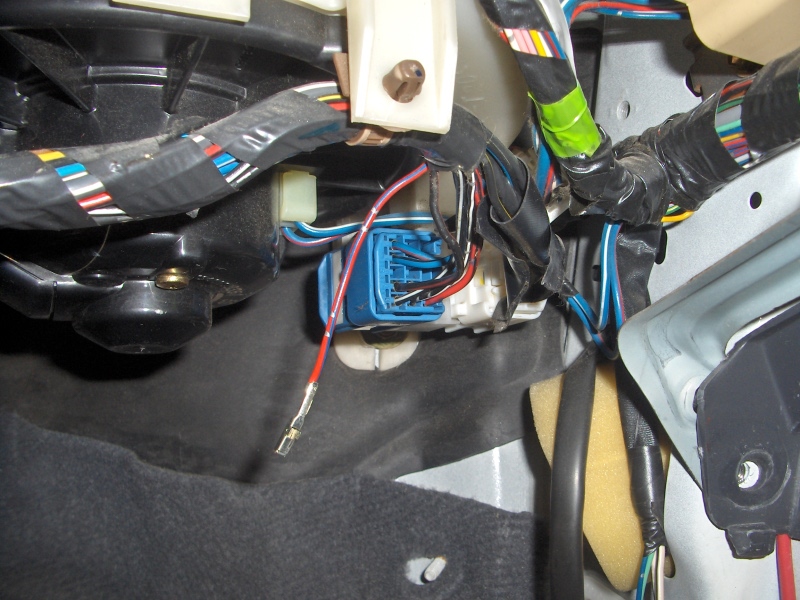
Next, I cut the wire, and soldered in another length of wire to go to a switch.
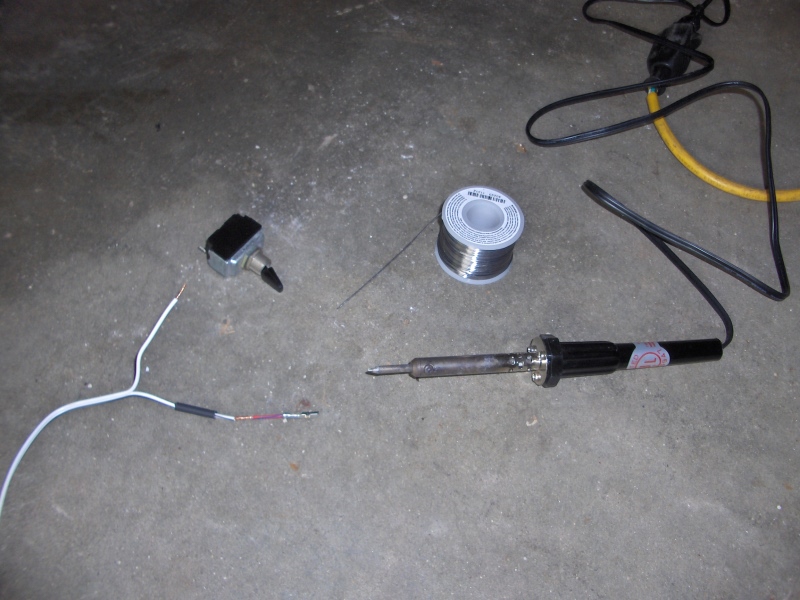
With it all soldered up, things went back together.
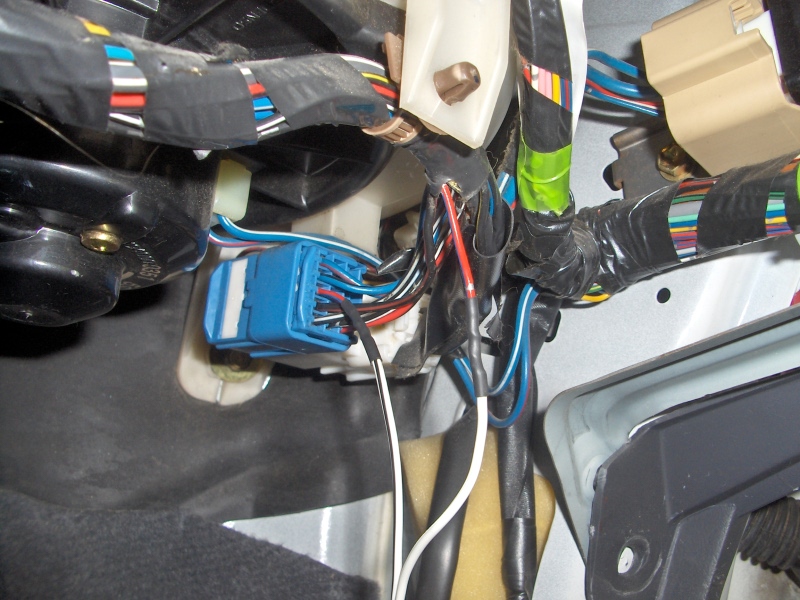
On the other end of the wires, I added ring connectors.
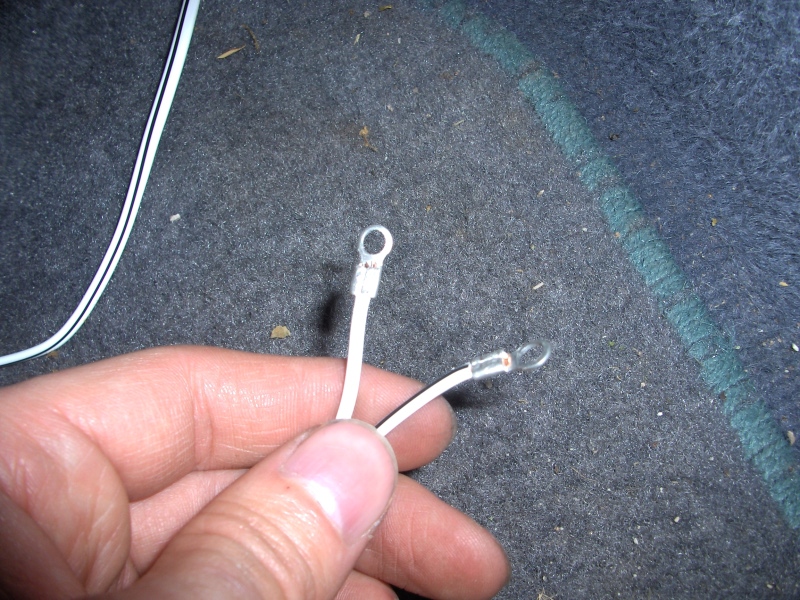
I then found a switch I had laying around, tapped the terminals for a #6-32 screw, and bolted the rings down to the switch. The reason I did things this way, was if the switch ever fails on me, I should be able to just unscrew the leads and connect them together on another leg of the switch.
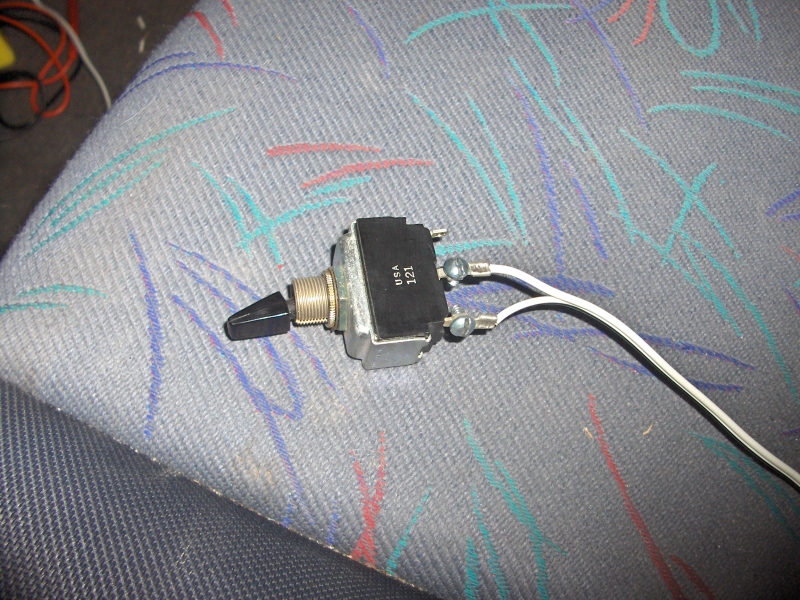
Last, but critically important if you're going to disable an alternator for anything more than a short duration is the deep cycle battery. This battery I got from the same guy who gave me the chassis for my mower. It is a group 24 battery (70-85 Ah), and
just fits in the engine bay. I had to finagle it around so it wouldn't hit the hood. It had been sitting for 2 years or so. It seems to hold a charge alright. We'll see how it holds up over time.
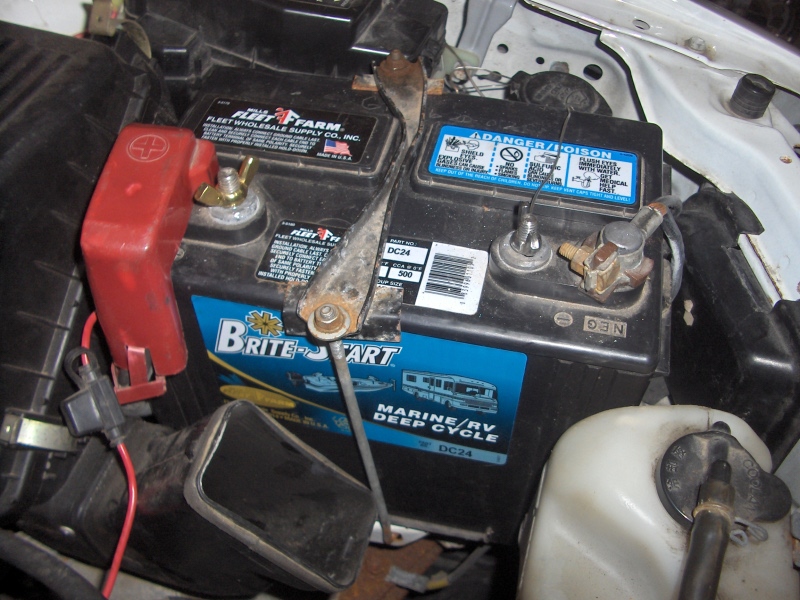
I took it for a drive earlier today with the wife. We went about 15 miles with the connector like you see in the first picture. The car ran great, but the voltage was dropping down to 11.9V by the end of the trip. I'm hoping the battery just needs to be exercised a bit.
Here is a shoddy video I took when I was all done with it. You can't really see the voltage numbers on the scangauge, but you can certainly hear and see the difference in RPM.